The Womb Chair
at 75 Years
Revolutionary in 1948 and resonant today
Designed for Florence Knoll by Eero Saarinen, the Womb Chair defied conventions of what a chair could be—from the feminist instinct that sparked its inception to the materials and construction that allowed its organic form.
Today, after 75 years in homes, workplaces, and the cultural zeitgeist, the Womb Chair persists as a ubiquitous beacon of comfort and icon of modern design.
A defiance of
the status quo
At the helm of Knoll, Florence brought a famously meticulous eye and pioneering spirit. She fostered an impressive cadre of creative collaborators—often former colleagues from the Cranbrook Academy of Art, like Eero Saarinen—setting their talents free on her creative briefs.
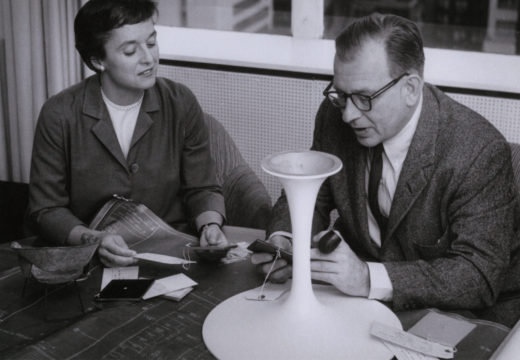
The lounge chairs of the ‘40s encouraged society’s expectations of how a woman should sit: upright, ankles crossed, hands folded. Florence had a different idea.
“I told Eero I was sick and tired of the one-dimensional lounge chair…long and narrow. I want a chair I can sit sideways in or any other way I want,” she said of her 1946 request. Her friend and collaborator agreed and got to work.
Florence Knoll requested “a chair that was like a basket full of pillows—something I could really curl up in.
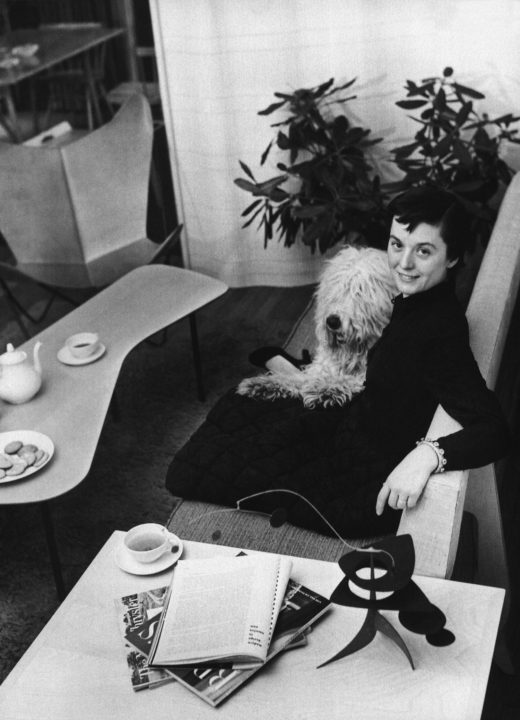
A new form
takes shape
Eero initially attempted the design with the molded plywood he recently favored, but it soon became clear that the size would push beyond the material’s capabilities.
He and Florence heard of a New Jersey-based commercial shipbuilder who was experimenting with fiberglass and resin. The pair, boldly and perhaps a bit naively, requested his assistance. The shipbuilder did not see the connection between naval engineering and furniture and repeatedly turned them down.
“We just begged him,” Florence said. “I guess we were so young and enthusiastic, he finally gave in and worked with us.”
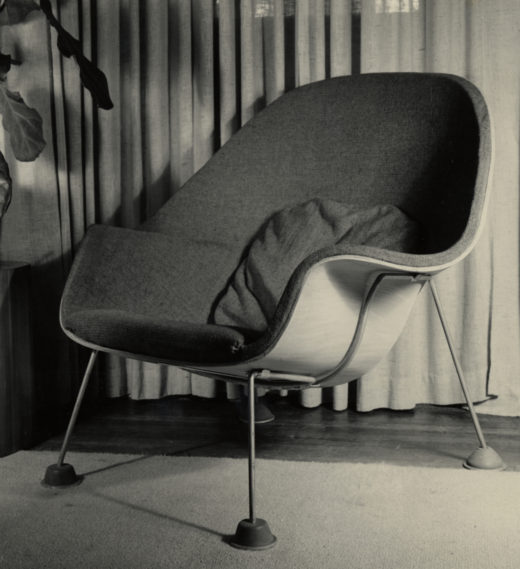
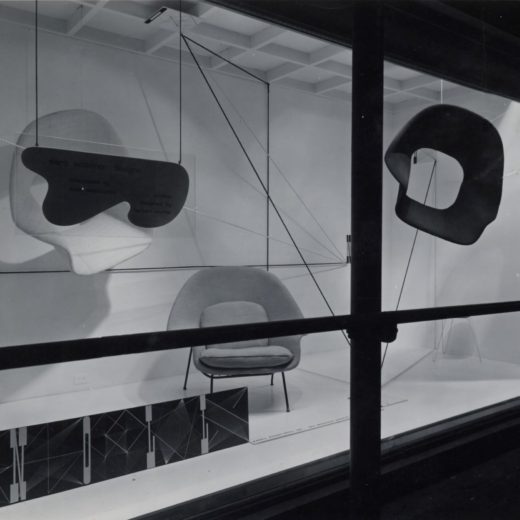
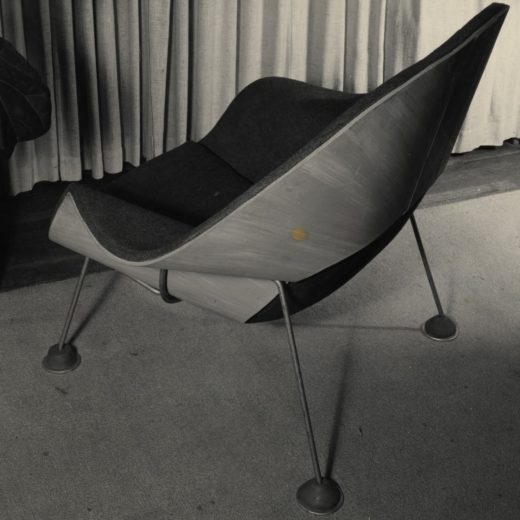
After many iterations and prototypes, the fiberglass form was perfected—a truncated cone that envelops the sitter. Next, foam was molded over the base and removable cushions added for extra padding on the seat and back. Coupled with ample armrests and a sweeping backrest, the comforting cup-like effect that Florence craved took shape.
Finally came fabric—always a matter of top importance to Florence. The design called for a tightly tailored look, but upholstery needles could not sew directly into the fiberglass shell. The solution? A cone-shaped slipcover, neatly pinched over the arms and carefully stitched to itself for an impeccable fit.
Now more than ever, we need to relax.
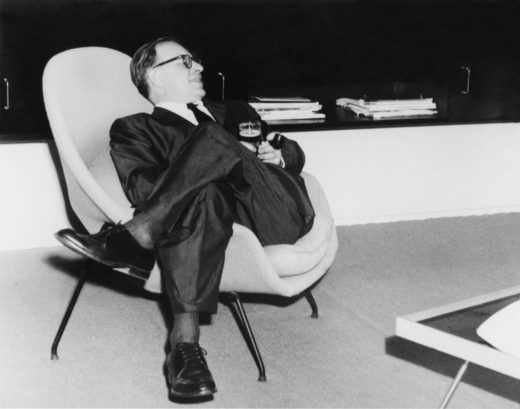
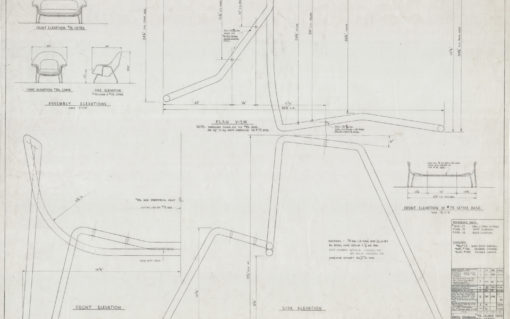
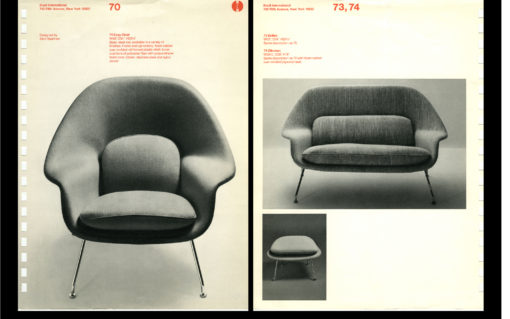
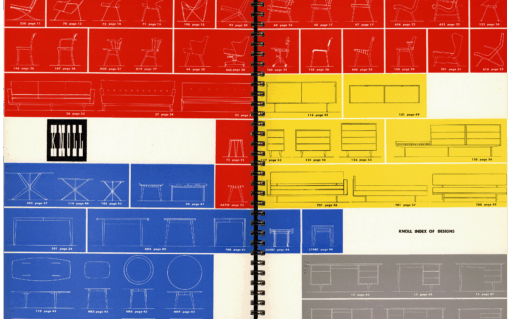
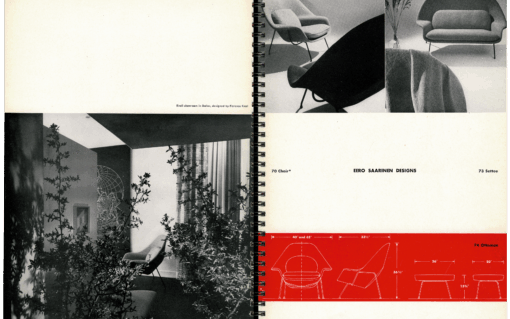
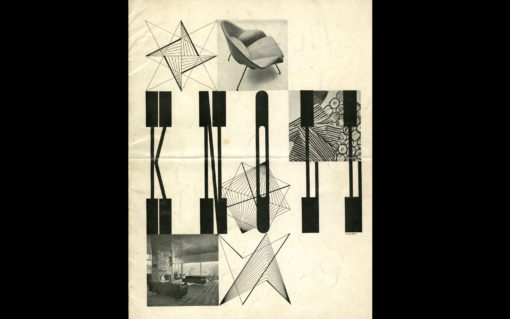
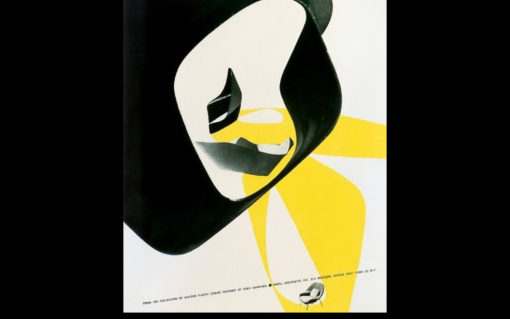
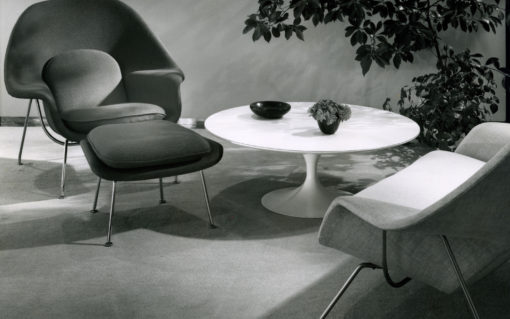
A perfected and patented design
The chair debuted in 1948 as the Model 70, and Eero filed a patent for his “shaped chair”. The organic form and liberating comfort earned it a nickname later officially adopted—the Womb Chair—and spurred a quick ascent into the cultural zeitgeist.
Made by hand
for 75 years
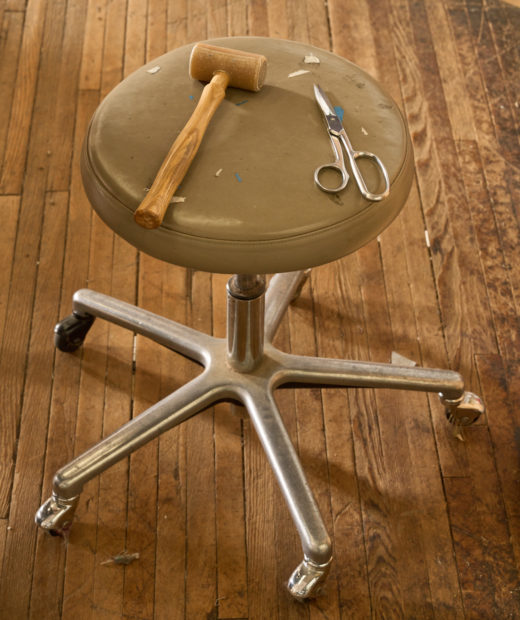
A proud tradition of expert craft
The Womb Chair is made by a team of highly skilled artisans who take great pride in every handcrafted detail, from molding and shaping the shell to stitching perfectly tailored seams.
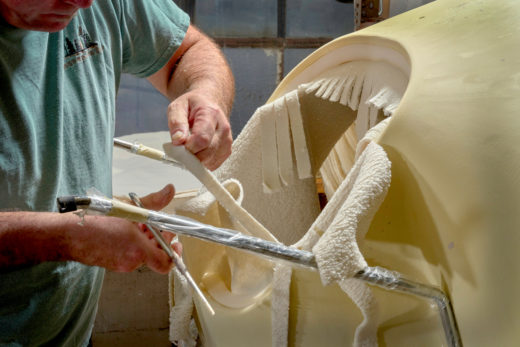
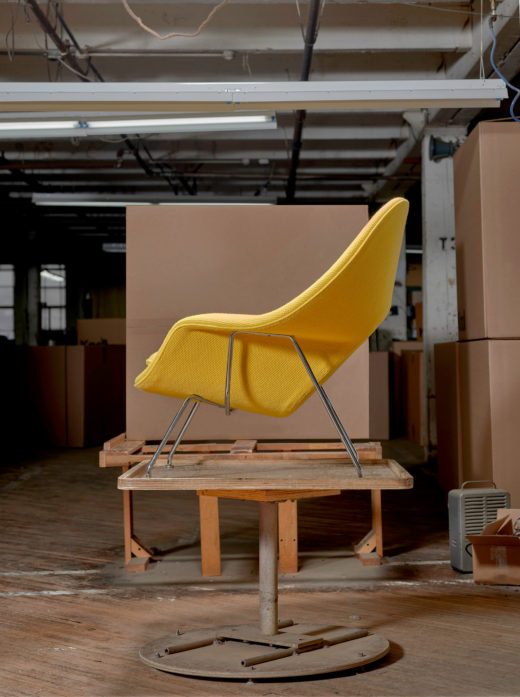
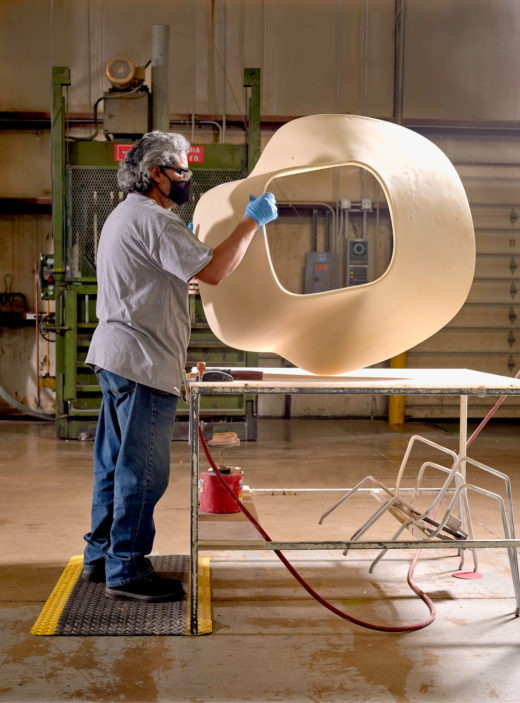
A magnetic and
ubiquitous design
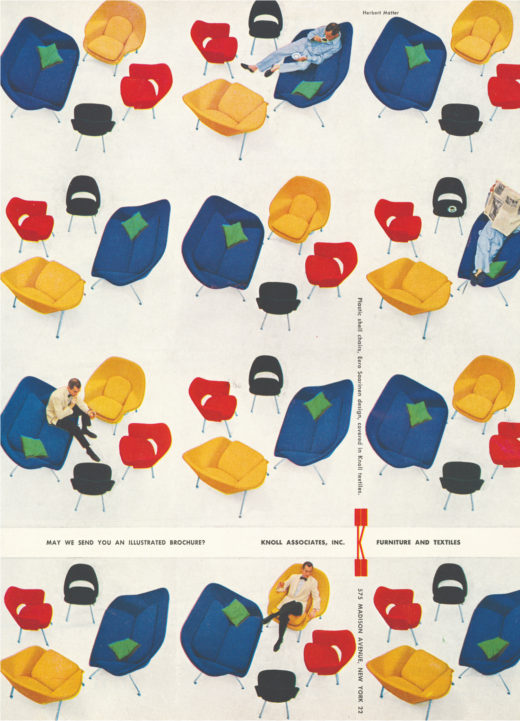
The Womb Chair saw instant popularity upon its release, and quickly ascended to cultural icon status. Swiss-born graphic designer Herbert Matter, another Florence Knoll collaborator, created the eye-catching marketing campaign. The chair appeared in a 1958 Coca-Cola campaign, a New Yorker cartoon, a Saturday Evening Post cover by Norman Rockwell, and on myriad sets of the silver screen—a recurring character on film and TV.
With a vast range of material options and multitude of uses, the Womb carries a chameleonic quality that welcomes it into homes, workplaces, universities—public and private spaces of all types the world over. It is a spectrum of expression; the unique perspectives of many.
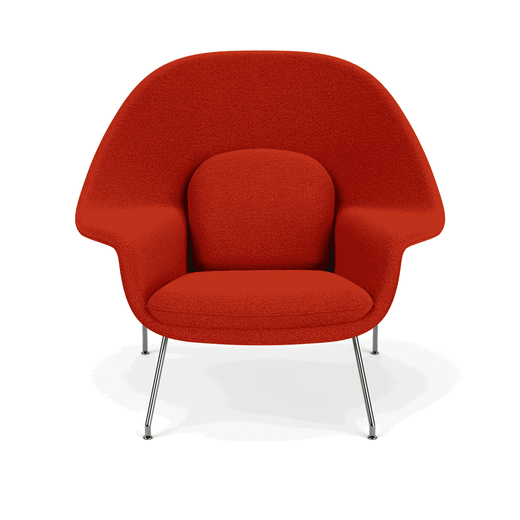




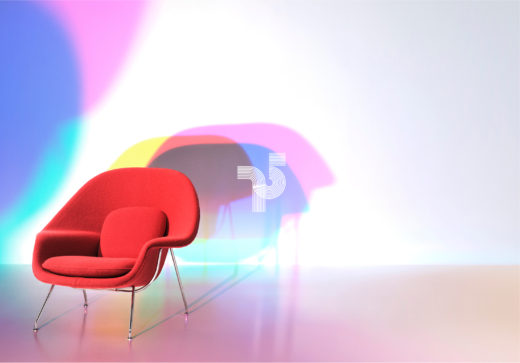
The chair’s instantly recognizable form and its initial design intent—to answer our primal need for unbound comfort and relaxation—continue to resonate across generations.















